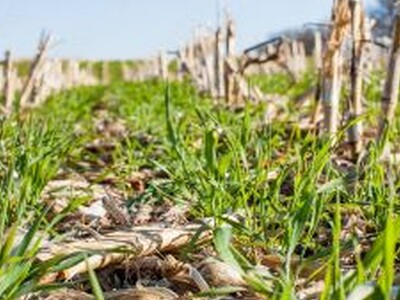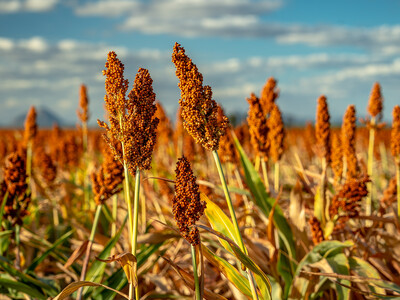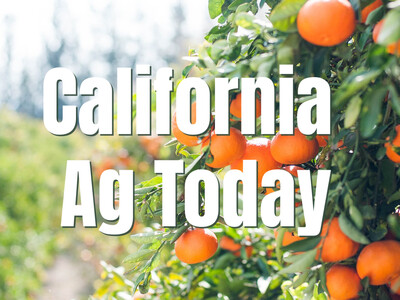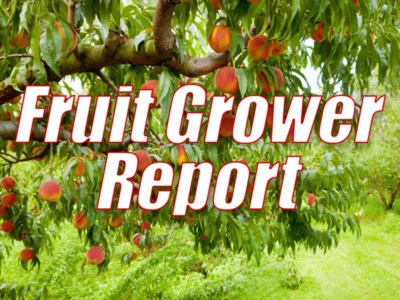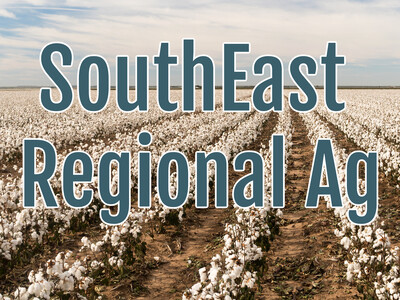biochar: a new/old idea
Biochar, a new/old idea. I’m Greg Martin as Line On Agriculture presents the Harvest Clean Energy Report.
It is as old as the earth itself but has just been discovered as an essential part of the ag and renewable industry. It’s called biochar and according to Jim Amonette with Pacific Northwest Labs you might know it better in another light.
AMONETTE: Well you’ve got to understand what biochar is first of all. It’s basically the solid product that you end up with when you thermally degrade biomass. That sounds like a lot of words but another persons definition might be charcoal. The difference is that biochar is charcoal that’s made with a specific purpose in mind and that is it is made to apply to soils as opposed to turn around and put on your barbeque and cook chicken or whatever.
I have to plead ignorant in this case and say I really don’t understand how something like a glorified charcoal briquette can be beneficial.
AMONETTE: The real benefit of it is three-fold. One, it does produce some energy in the form of heat. You gain it back from making the charcoal as well as a couple of other products besides the charcoal one of them being bio-oil and the other being various gases including steam and hydrocarbons you can burn for fuel. The biochar itself is a good soil amendment. It serves as a sorbent, it basically retains nutrients so the nitrogen that people put on their fields you get a better fertilizer use efficiency with it
It can also be used as a liming agent or to inoculate soils but Amonette says the third use of biochar is part of the ecological hot button right now.
AMONETTE: Lastly it is a way of tying up carbon as a climate change mitigation option. Basically you are taking carbon that in the form of trees or crop residues that would normally go back into the atmosphere within a few years and you re turning around and putting it into a form where it will stay out of the atmosphere for centuries to perhaps thousands of years depending on the process by which you make it. And so basically this is a way of pulling carbon out of the atmosphere while at the same time gaining some energy from the process and improving your soil fertility.
This is a renewable energy form and is created by a controlled burning process. Amonette says that there may be yet another benefit for ag producers in the near future.
AMONETTE: Once the biochar does become recognized as a climate changing mitigation option then there’s quite a good possibility that farmers will receive payments as carbon credits for putting biochar in their fields or converting some of the other crop residue to biochar.
For additional information on clean energy, visit harvestcleanenergy.org. That’s today’s Line On Agriculture. I’m Greg Martin on the Northwest Ag Information Network.
www.harvestcleanenergy.org




